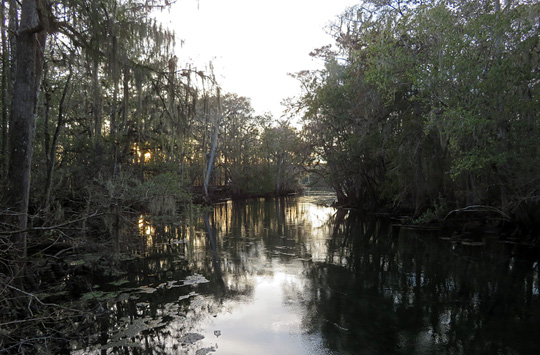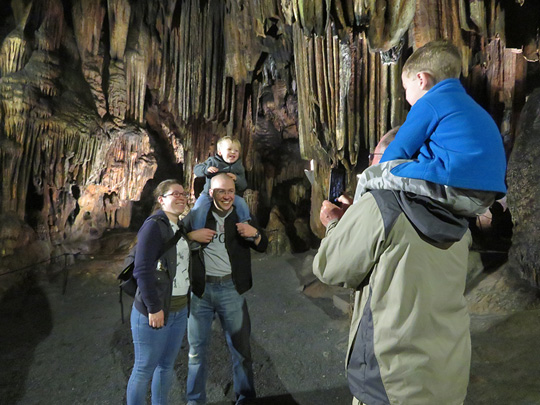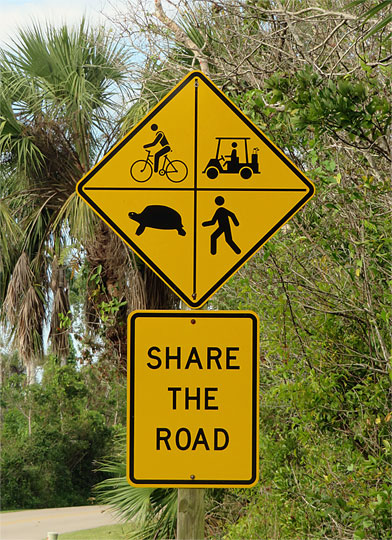Waves, Swamps, & Bayous: Southeastern Waters - Part 12
Sunday, 18 November 2018
I was a bit uneasy at the thought of snorkeling around marine mammals that weigh in at well over 1000 pounds, but that proved to be a baseless worry. Manatees eat, sleep, and, occasionally, reproduce. I thought they look like large rocks, but our guide called them extremely large potatoes that have to come up to breathe every few minutes.
 |
| We were on a tour with Bird’s Underwater Dive Shop in Crystal River, Florida. It’s weird snorkeling through canals with houses on both sides -- the homes were here before the manatees were protected. |
 |
| We also snorkeled in the Three Sisters Spring. When around manatees, you just float on the surface, and use your arms to swim around. If you kick with your legs you may make too much noise and disturbance, which annoys the manatees. We were not allowed to have fins on our feet. |
 |
| Lon comes up to a manatee. Manatees can sprint if necessary, but mostly they swim slowly, if at all. |
 |
| The white pipe marks the limit for snorkeling (“Area closed Manatee resting area” is written on the pipe.) |
 |
| It’s okay if a manatee approaches you, but you cannot initiate contact. |
 |
| Manatees have absurdly small front flippers. |
 |
| Our guide managed to get photos of everyone on our tour. |
Bird’s Underwater Dive Shop was an excellent choice for our manatee tour. I took the fourth and fifth photos above; all the others were taken by our guide, Rob.
While returning from our snorkeling, we saw a number of birds:
 |
| Osprey |
 |
| Brown pelican |
 |
| Double-crested cormorant |





















































